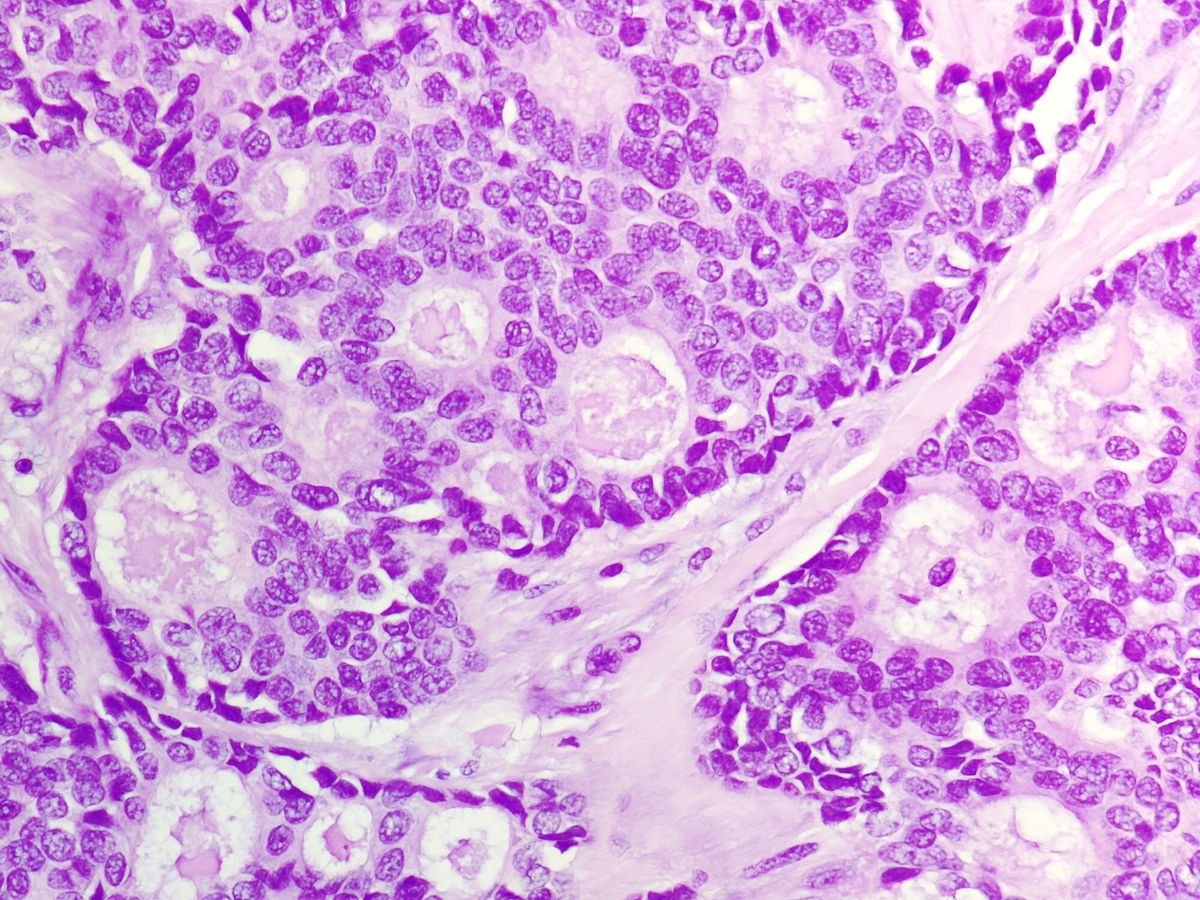
The cell cycle is a fundamental process that ensures the proper growth and division of cells. Within this cycle, there are crucial control points known as cell cycle checkpoints that act as guardians, regulating the progression and integrity of the cell cycle. These checkpoints serve as crucial quality control mechanisms, ensuring that the DNA is accurately replicated and divided, and that any errors or damage in the DNA are repaired before the cell moves on to the next phase. Understanding the cell cycle checkpoints is not only important for basic biology, but also for various medical fields, including cancer research and drug development. In this article, we will explore 16 astounding facts about cell cycle checkpoints that will deepen your understanding of cell biology and its implications in disease and development.
Key Takeaways:
- Cell cycle checkpoints are like security guards for DNA, making sure everything is in order before cells divide. They help prevent mistakes and mutations, keeping our bodies healthy and functioning properly.
- Checkpoints are like traffic lights in the cell’s life, making sure everything is safe before moving forward. They play a crucial role in preventing cancer and maintaining the balance of cell growth and repair.
Cell cycle checkpoints are crucial for maintaining the stability of DNA.
Cell cycle checkpoints ensure that DNA replication and cell division occur accurately, preventing the propagation of errors and mutations.
There are three main checkpoints in the cell cycle.
The three checkpoints are the G1 checkpoint (also known as the restriction point), the G2 checkpoint, and the M checkpoint.
The G1 checkpoint determines whether the cell is ready to enter the DNA synthesis phase.
If the conditions are favorable and the DNA is undamaged, the cell is permitted to proceed to S phase and initiate DNA replication.
The G2 checkpoint evaluates DNA replication accuracy.
If any errors or DNA damage are detected, the cell cycle is paused to allow for repair before entering the mitotic phase.
The M checkpoint ensures correct chromosome attachment to the spindle fibers.
At this checkpoint, the cell ensures that all chromosomes are properly attached to the spindle fibers before proceeding with cell division.
Cell cycle checkpoints are regulated by various proteins and signaling pathways.
Proteins such as cyclins and cyclin-dependent kinases (CDKs) play key roles in checkpoint regulation.
Mutations in checkpoint genes can lead to genomic instability and contribute to the development of cancer.
Dysfunction in checkpoint mechanisms can result in uncontrolled cell division and the accumulation of DNA damage, which increases the risk of malignant transformation.
The DNA damage response pathway is activated at checkpoints.
When DNA damage is detected, the DNA damage response pathway is triggered, leading to cell cycle arrest and DNA repair processes.
Checkpoints can also induce cell death (apoptosis) if DNA damage is severe and cannot be repaired.
This mechanism ensures that cells with irreparable DNA damage do not continue to divide and pass on harmful mutations.
Certain external factors, such as radiation and chemical agents, can activate cell cycle checkpoints.
These factors can induce DNA damage and trigger checkpoint activation to prevent damaged cells from proliferating.
The p53 protein plays a critical role in checkpoint activation.
p53 acts as a checkpoint guardian and can initiate cell cycle arrest or apoptosis in response to DNA damage.
Checkpoints help maintain the balance between cell proliferation and differentiation.
By regulating the cell cycle, checkpoints ensure that cells divide when necessary and differentiate appropriately during development and tissue repair.
Cell cycle checkpoints are conserved across different species.
From yeast to humans, the fundamental mechanisms and principles of cell cycle checkpoints remain remarkably similar.
Disruption of checkpoint control can contribute to aging and age-related diseases.
As cells age, the functionality of checkpoints may decline, leading to an increased risk of genomic instability and age-related pathologies.
Targeting cell cycle checkpoints is a promising approach in cancer treatment.
Developing drugs that specifically disrupt checkpoint control in cancer cells can potentially inhibit their uncontrolled growth and induce cell death.
Cell cycle checkpoints represent a fascinating area of research in cell biology and cancer biology.
Studying the intricate mechanisms and regulatory networks of checkpoints provides insights into fundamental cellular processes and potential therapeutic targets.
Conclusion
The cell cycle checkpoints play a crucial role in maintaining the integrity and stability of cells. These checkpoints ensure that each phase of the cell cycle is completed accurately and efficiently. Through a series of complex molecular mechanisms, the cell cycle checkpoints monitor DNA replication, DNA damage, and proper chromosome alignment, among other important processes.
By properly regulating the cell cycle, these checkpoints prevent the proliferation of damaged or abnormal cells, thereby reducing the risk of genetic mutations and the development of diseases like cancer. The intricate network of proteins and signaling pathways involved in cell cycle checkpoints highlights the remarkable sophistication of cellular processes.
Understanding these checkpoints and their significance in cell biology not only provides valuable insights into fundamental biological processes, but also has implications for medical research and the development of targeted therapies for various diseases.
FAQs
1. What are cell cycle checkpoints?
Cell cycle checkpoints are control mechanisms that ensure the proper progression of the cell cycle, allowing cells to monitor DNA integrity and other critical processes before moving to the next phase.
2. How many cell cycle checkpoints are there?
There are three main checkpoints in the cell cycle: the G1 checkpoint, the G2 checkpoint, and the M checkpoint. Each checkpoint regulates specific processes and ensures the fidelity of cell division.
3. What happens if a cell fails a checkpoint?
If a cell fails a checkpoint, it will either undergo repair mechanisms to fix the issue or activate cell death pathways, such as apoptosis, to prevent the propagation of damaged or abnormal cells.
4. What is the significance of cell cycle checkpoints in cancer?
Defects in cell cycle checkpoints can lead to uncontrolled cell growth and the formation of tumors. Understanding these checkpoints can help in designing therapies that specifically target cancer cells, while sparing normal cells.
5. Are cell cycle checkpoints only present in eukaryotic cells?
No, cell cycle checkpoints are present in both eukaryotic and prokaryotic cells. Although the mechanisms may differ, these checkpoints serve the same purpose of ensuring proper cell cycle progression.
Cell cycle checkpoints play a vital role in maintaining genomic stability, preventing uncontrolled cell growth. Exploring these intricate mechanisms unveils nature's ingenious design, ensuring precise cell division. Unraveling checkpoint secrets holds promise for advancements in fields like cancer research and aging. Delving deeper into cellular processes, such as cell division itself, offers even more astounding insights waiting to be discovered.
Was this page helpful?
Our commitment to delivering trustworthy and engaging content is at the heart of what we do. Each fact on our site is contributed by real users like you, bringing a wealth of diverse insights and information. To ensure the highest standards of accuracy and reliability, our dedicated editors meticulously review each submission. This process guarantees that the facts we share are not only fascinating but also credible. Trust in our commitment to quality and authenticity as you explore and learn with us.


